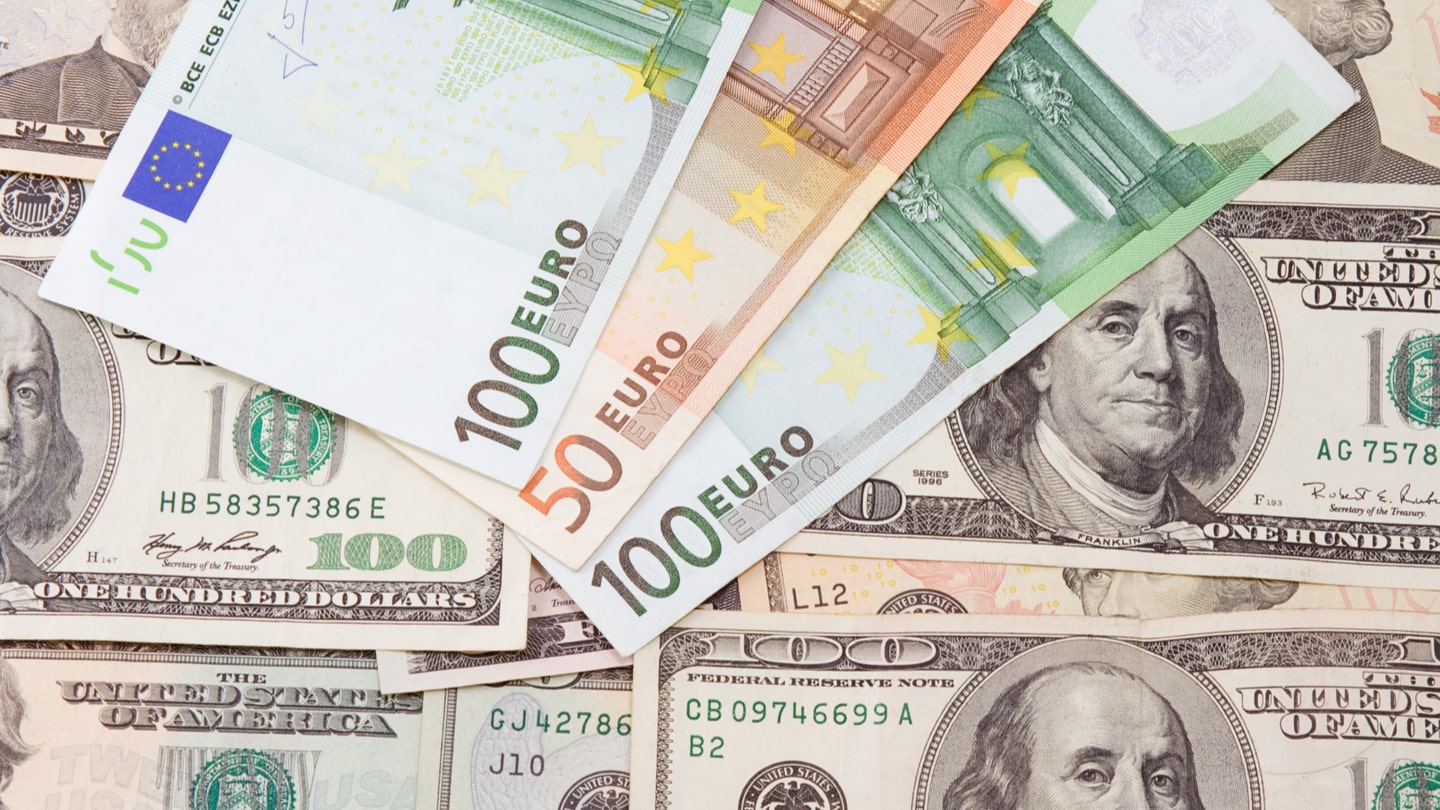
EUR/USD Remains Defensive While Challenging 1.1200
The sales bias surrounding the single currency continues, and it is motivating the EUR/USD trading pair to go back from initial tops close to 1.1230 to under 1.1200 on Tuesday’s turnaround.

EUR/USD price chart. Source TradingView
Geopolitics Strikes Its Effect on EUR/USD
The EUR/USD pair continued on the downward trend and currently adds to the losses incurred on Monday near the 1.1200 regions after it has been stated that Russia’s offensive in Ukraine will continue till its goal is achieved, according to the country’s Defense Minister. There was a re-emergence of risk aversion moves among investors and traders after the Minister’s comments. It also puts the entire risk complexity under more pressure on the opening days of the week.
The steady flow into perceived safe-haven assets continues unabated on the wings of unstable political conditions, especially when the first rounds of talks between Russia and Ukraine in Belarus only ended in a promise to keep the negotiations going on in the future.
For now, the pair is going to be under scrutiny for the duration of the military exchange between Russia and Ukraine in order to keep track of the risk aversion pulse as well as the dynamics involved with the safe-haven US dollar.
Germany’s Consumer Price Index will be essential data to watch out for as the ISM manufacturing index becomes a focal point in the US during the North American session. In the early stage of the session, the final PMI of Germany was 58.4 and 58.2 when it comes to the general Eurozone.
What to Watch Out for in the Euro
EUR/USD keeps looking at the geopolitical events and market risk appetites trends to get directions for the short-term. About that, the latest deterioration going on at the Russia-Ukraine front is likely to maintain the pressure on the pair as it currently does, in the midst of risk-off solid market sentiments and high demand for the US dollar.
While at that, the pair’s strength should be underscored by bets of a likely interest rate increase by the European Central Bank sooner than expected by many. Other factors that will also underscore the pair include increasing inflation, higher German bond yields, and a fair pace of certain economic activities backed up by significant fundamentals data in the Eurozone.
The most severe threat to the foregoing view remains the potential monetary policy tightening from the US Federal Reserve. Interest rate increments are expected to be introduced this month at a 25 basis points rate.










































